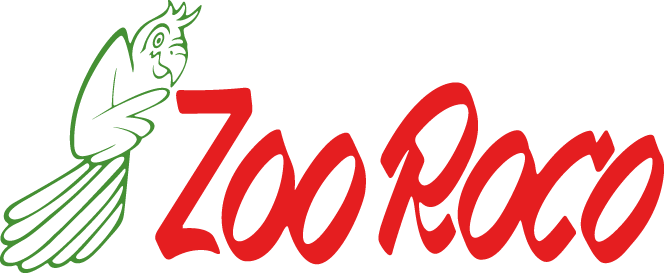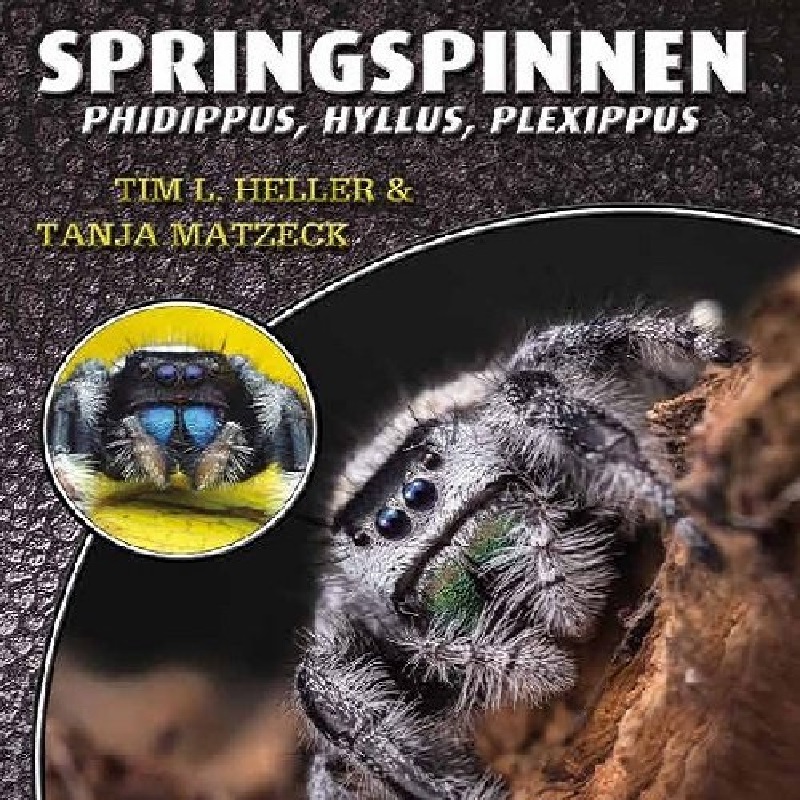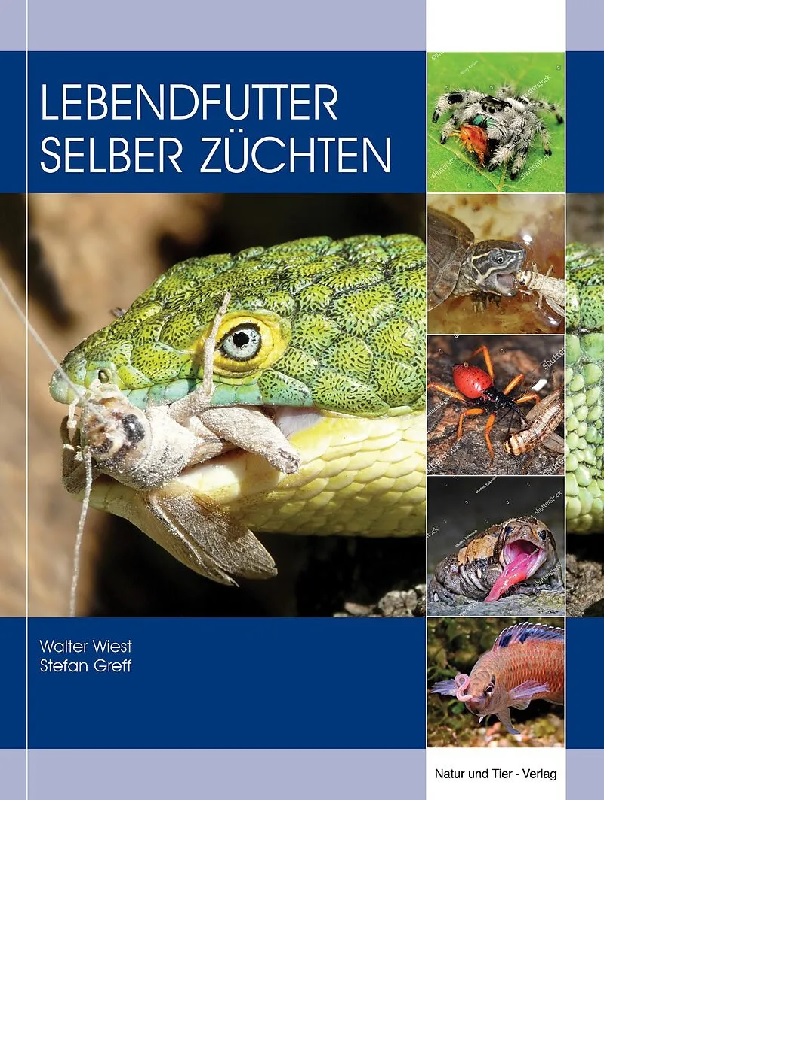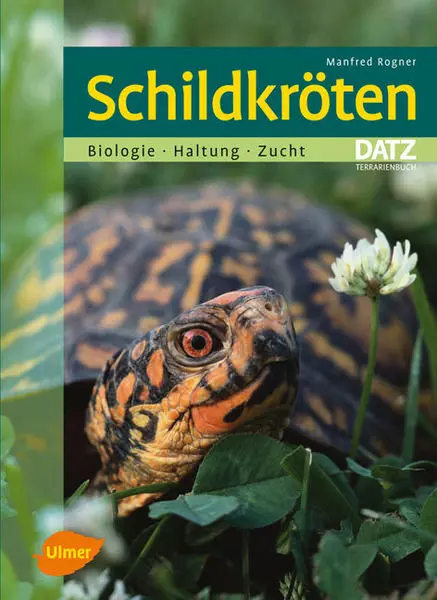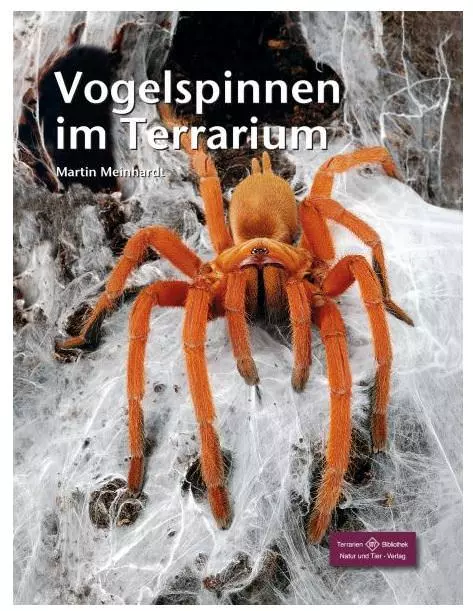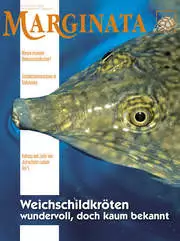

Herpeton, Fire belly newts
CHF 28.90
Stock: 0
Available in 1-3 days, acquisition time 14 days

Herpeton - Feuerbauchmolche
Mit diesem Buch geben die Autoren aus ihrer über 20-jährigen Erfahrung mit verschiedenen Feuerbauchmolch-Arten Einsteigern und fortgeschrittenen Pflegern eine Anleitung an die Hand, um ihre Tiere fachgerecht zu halten und zur Nachzucht zu bringen
Inhalt:
Systematik, Habitate, Lebensweise, Aussehen, Verhalten, Erwerb der Tiere, Besatzdichte, Eingewöhnung, Vergesellschaftung, Fang und provisorische Unterbringung, Aquarien (Größe, Abdeckung, Aquarientechnik, Standort, Einrichtung, Aufzuchtbecken, Aqua-Terrarien und Paludarien, Terrarien, Pflanzen für Feuerbauchmolch-Behälter, Pflege und Wasserwechsel, Futtertiere im Überblick, Lebenserwartung, Überwinterung, Eiablage und Eientwicklung, Unterbringung der Eier, Larvenentwicklung, Unterbringung der Larven, Aufzucht der metamorphosierten Jungtiere, Probleme bei der Nachzucht, Krankheiten, Artbeschreibungen, (Cynops ensicauda, Cynops pyrrhogaster, Cynops orientalis), uvm.
0 of 0 reviews
Login
Similar products
